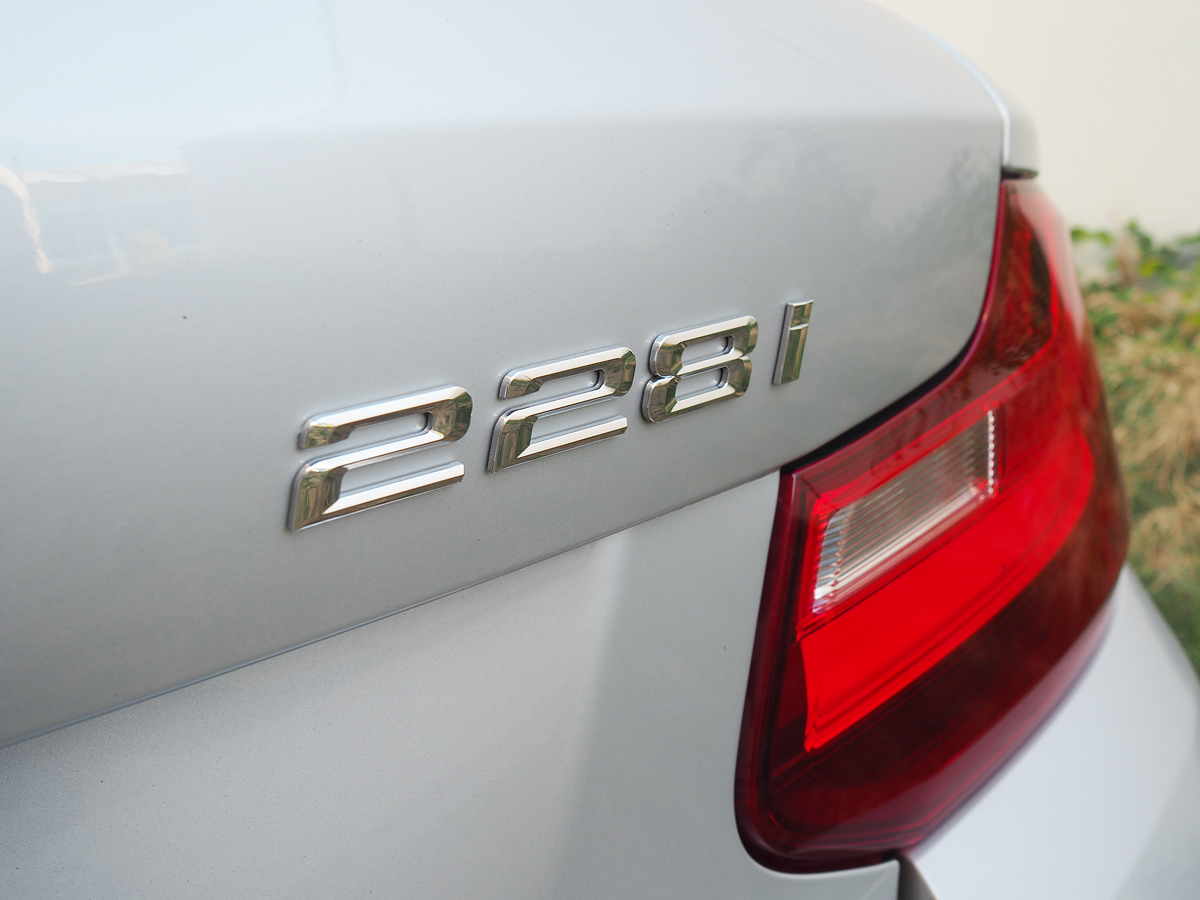Launch control explained


What exactly is launch control? It sounds like a setting found only in a Need for Speed video game, and that wouldn’t necessarily be a far off description. As cars have become more computerized, it’s become possible to create features, like launch control, which assists the driver in achieving the fastest standing start possible. And it’s not just for race cars.

If you had a manual car and wanted to set off in a fast manner, you would clutch in, feather the gas pedal to a certain rpm, say 3,000, and then dump the clutch and stab the throttle. On a modern dual clutch automatic vehicle, like the new turbocharged 2015 BMW 2 Series equipped with the eight-speed Steptronic Sport transmission, the approach is a little more civilized.

First, ensure the wheels are pointed straight. Then, with your left foot on the brake, press the Dynamic Stability Control button on the centre console to turn it off. Move the gear level down to drive, then nudge it over to the left to activate sport mode. Take your right foot and press the accelerator all the way down. A small checkered flag icon will appear on the instrument cluster, then within the next three seconds, release your foot off the brake and the car will leap ahead with ideally minimal wheel spin for a quick, clean start.
What’s happening behind the scenes is that the car’s computer has determined the optimal rpm and boost pressure for the job — so by the time the brake pedal is released, everything is precisely pre-set and ready to go. The process varies a little depending on the manufacturer, with some vehicles allowing the driver to manually choose the precise launch rpm.

Launch control is surprisingly found on a wide spectrum of makes and models, including Audis like the S5 and TT, the Jaguar F-Type, a handful of Porsches and even Volkswagen GTIs and GLIs.
It goes without saying that this feature should only be used in a controlled environment, and after the engine has reached normal operating temperature.

